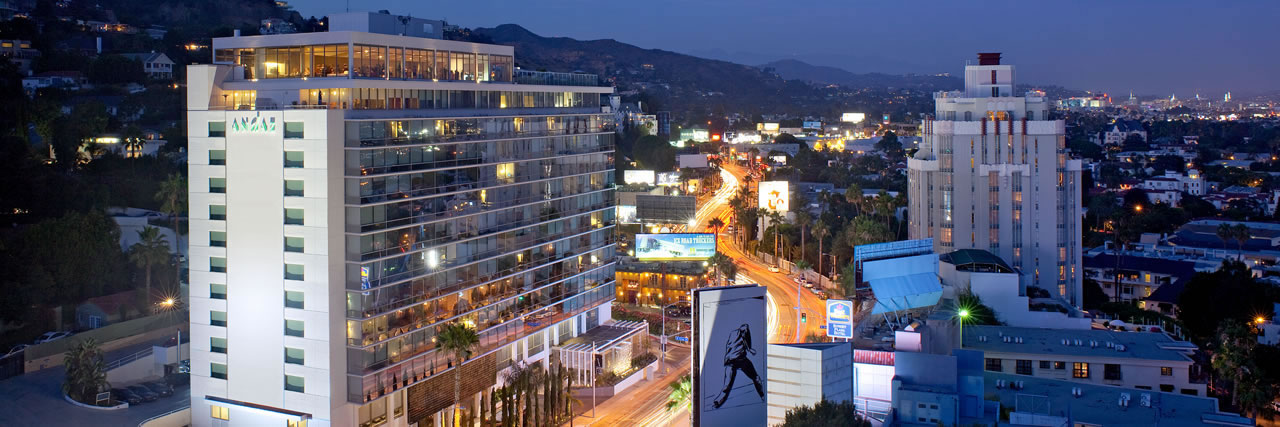22 Dec "Review/Television; A Cinemax Special on the Doors"
New York Times
December 22, 1988
By JOHN J. O’CONNOR
When it comes to pop icons of the past half century, Jim Morrison surely ranks with Marilyn Monroe and James Dean. Morrison and Ray Manzarek, a keyboard player, formed the music group called the Doors back in 1965, when they were both students at the U.C.L.A. Graduate School of Film. A year later, they were joined by John Densmore, a drummer, and Robby Krieger, a guitarist. In 1967, they became stars with the debut album that contained the hit single “Light My Fire.” The next few years produced more hits and a number of notorious stage incidents, including one that involved charges of indecent exposure. Morrison died in Paris in 1971. He was 27 years old.
Then something odd happened. In 1980, Danny Sugerman and Jerry Hopkins published a biography of Morrison, “No One Here Gets Out Alive,” and the Doors’ album sales soared, topping figures set during the height of the group’s performing days. The phenomenon continues to this day. And now there is a documentary to show why. “the Doors” is being presented on pay cable as part of “Cinemax Vintage Performances,” a series that so far has featured the work of Otis Redding, John Lennon and Jimi Hendrix. This one was produced by Stephanie Bennett and Mr. Sugerman. Ms. Bennett is the writer. It can be seen again today at 8 P.M.
Having seen the Doors in action at Bill Graham’s Fillmore East theater in the East Village in Manhattan, I can verify that this hourlong special captures the onstage essence of the group and, in particular, of Morrison. He was the key to their success. Looking like something beautiful out of a Renaissance painting, at times cherubic, at times demonic, Morrison was alienation personified. Standing at stage center before cheering fans he always seemed to be alone. Even the other members of the group can be seen looking at him warily, never quite sure of what he might do or say next. Someone mentions that he was a forerunner of punk, new wave and heavy metal. It is not an exaggerated claim.
The documentary was culled from black-and-white tapes made by various broadcasting entities on a 1968 European tour – the only one ever made by the group -that included stops in London, Stockholm, Frankfurt and Amsterdam. Brief commentary is provided by Grace Slick and Paul Kantner of the Jefferson Airplane, the group that was part of the same tour. They explain that in the 1960’s the music scene changed almost overnight. One month, young people were dressing up in prom dresses and tuxedos. The next, they were dropping acid. Morrison, with his psychedelic lyrics, reflected the scene perfectly.
In fact, there is a decidedly unsettling aspect to this period portrait. It is a reminder of what was once thought to be the liberating potential of the drug culture and of what eventually turned into today’s nightmare. Watching Morrison perform through the fog of drugs – at one point he collapses onstage, unable to go on for his own set – can be painful. Young, great looking, talented – he is still the doomed soul. Perhaps that’s what we seek in our icons.
The second half of this special is devoted almost completely to uninterrupted performances of Morrison at his best: “When the Music’s Over,” “the Unknown Soldier” and “Light My Fire.” At one point, Morrison begins prowling into the audience, apparently trying to seduce everybody in sight but never touching. He ends up sitting on the edge of the stage, a little boy toying with power cables and staring into a camera. He’s profoundly sad and he’s intriguing. Little wonder the mystique continues.

